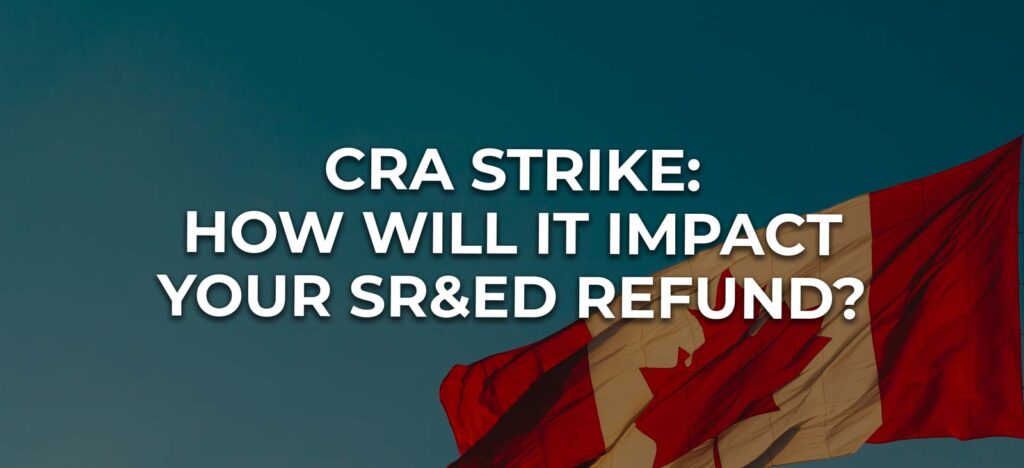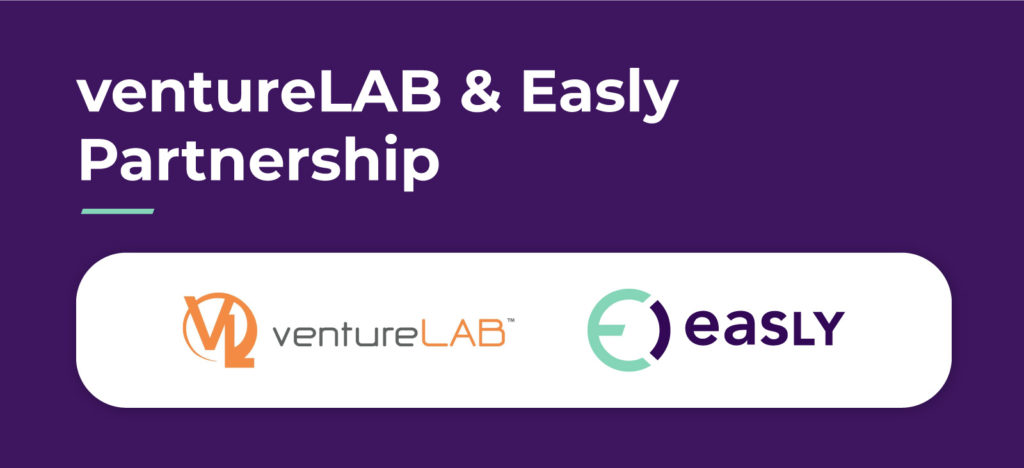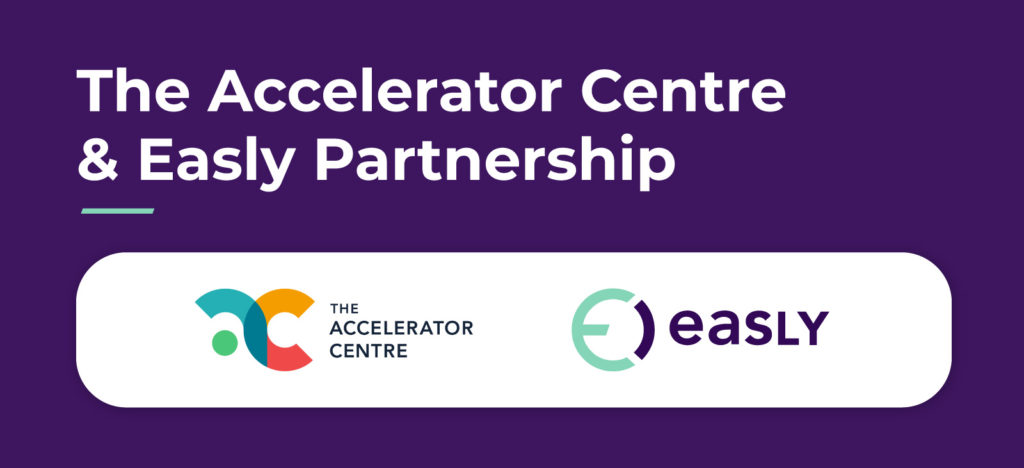FAQs about Easly’s investment tax credit (ITC) platform:
What is an Easly Advance?
An Easly Advance is a cash advance on a portion of your accrued ITC refund paid to you on-demand. Easly Advances can range from $50,000 to $25,000,000.
How do I apply?
You can apply here by filling out our simple application.
What are the eligibility criteria?
Any company that expects to receive an annual SR&ED refund of at least $135,000 or a select few other investment tax credit refunds (such as IDMTC) is eligible to apply. Approval is determined based on several factors ranging from your overall financial health to the details of your ITC claim.
What information is needed to apply?
Basic company information, financial information, and information about your claim to the program you’re interested in financing. If you’re interested in financing an investment tax credit, we’ll want to see your claim history, although first-time filers are accepted.
I’ve had my SR&ED claim denied/reduced by the CRA. Am I still eligible?
Yes. We review every company on a case-by-case basis.
Will my personal credit score be affected by applying?
No.
Is a personal guarantee required?
No. Our loans do not require a personal guarantee.
What security is required for financing with Easly?
Easly registers a lien under the PPSA or equivalent regional legislation. An Easly Advance requires first priority security interest only on the proceeds of the program you are financing. We have strong working relationships with many other lenders, allowing us to expedite this process.
What if I have other secured creditors?
We only require a priority lien on the proceeds of the program you are financing. We have strong working relationships with many major lenders in Canada.
How does repayment work?
We get paid when you receive your government funding.
What if my SR&ED claim is delayed due to an audit?
We review potential delays (such as a technical and/or financial audit) and grant extensions on a case-by-case basis.
What if my SR&ED claim is denied?
In the unfortunate event your claim is denied, you will still owe the obligations laid out in the term sheet.
Are there any early repayment or prepayment fees or penalties?
Other than a minimum three-month interest period there are no fees or penalties for early repayment or prepayment.
How do I draw funds each quarter?
At the end of every quarter, we calculate your available balance based on updated financials and relevant expenditures, which you can then use to request an additional draw.
How much funding do I have access to?
For SR&ED, the amount of funding available from Easly is 75% of the value of your accrued SR&ED tax credits for the relevant period.
Are there any restrictions on the use of funds?
There are no restrictions on the use of funds received from the Easly other than that they are used for business purposes only. Many of our customers inject the funds right back into R&D.
SR&ED
How do I apply for the SR&ED program?
To make a claim, you must file a T2 corporate income tax return and the related Federal and Provincial R&D schedules. These schedules vary by province. The CRA website has more information.
Do I need to use a professional service to file an SR&ED claim?
Many companies look to accounting firms and specialty SR&ED consultants to prepare their SR&ED claims (Form T661). Filing an SR&ED claim can be a daunting task. These professionals can help both young and mature firms navigate the process. Easly can finance all claims, whether they’re prepared by professionals or not. We recommend working with one of our trusted partners for the best rates and outcomes. Please contact us for more details.
What types of businesses are eligible to claim SR&ED tax credits?
Any business that spends money on novel research or is advancing its understanding of existing technology in order to improve or develop new materials, devices, products, or processes may be eligible to claim SR&ED.
What types of expenditures can be claimed?
Salaries and wages, materials consumed or transformed, sub-contractors, and some 3rd party payments associated with the SR&ED activities may all be acceptable SR&ED expenditures.
How much can I get back?
The federal government offers a 35% investment tax credit to Canadian-controlled private corporations (CCPCs) for the first $3m of eligible SR&ED expenses. Your company will likely qualify for provincial investment tax credits as well. These can vary substantially by province. Our SR&ED Calculator is a handy tool that can help you estimate the value of your refund.
When is the deadline for filing my claim?
You can file your SR&ED claim up to 18 months after the end of your fiscal year. If your fiscal year ends on December 31st, 2019, your claim is due before June 30th, 2021.
Can I receive funding from IRAP and SR&ED?
Since these government programs share several similarities, some companies believe they can only apply for one at a time. In reality, you can use SR&ED tax credits and IRAP funding to support eligible activities concurrently. Learn more here.
How far back can I claim SR&ED Tax Credits?
Following the submission of your income tax return, SR&ED-eligible expenditures can be claimed only within 12 months. They may not be back-dated for previous years. Per the Canada Revenue Agency (CRA) SR&ED Filing Requirements Policy, SR&ED claims are subject to strict reporting deadlines. Learn more here.
Is my work eligible for the SR&ED tax incentive?
The Canada Revenue Agency (CRA) lists the following five questions to determine if work is eligible. Read the full list here.



